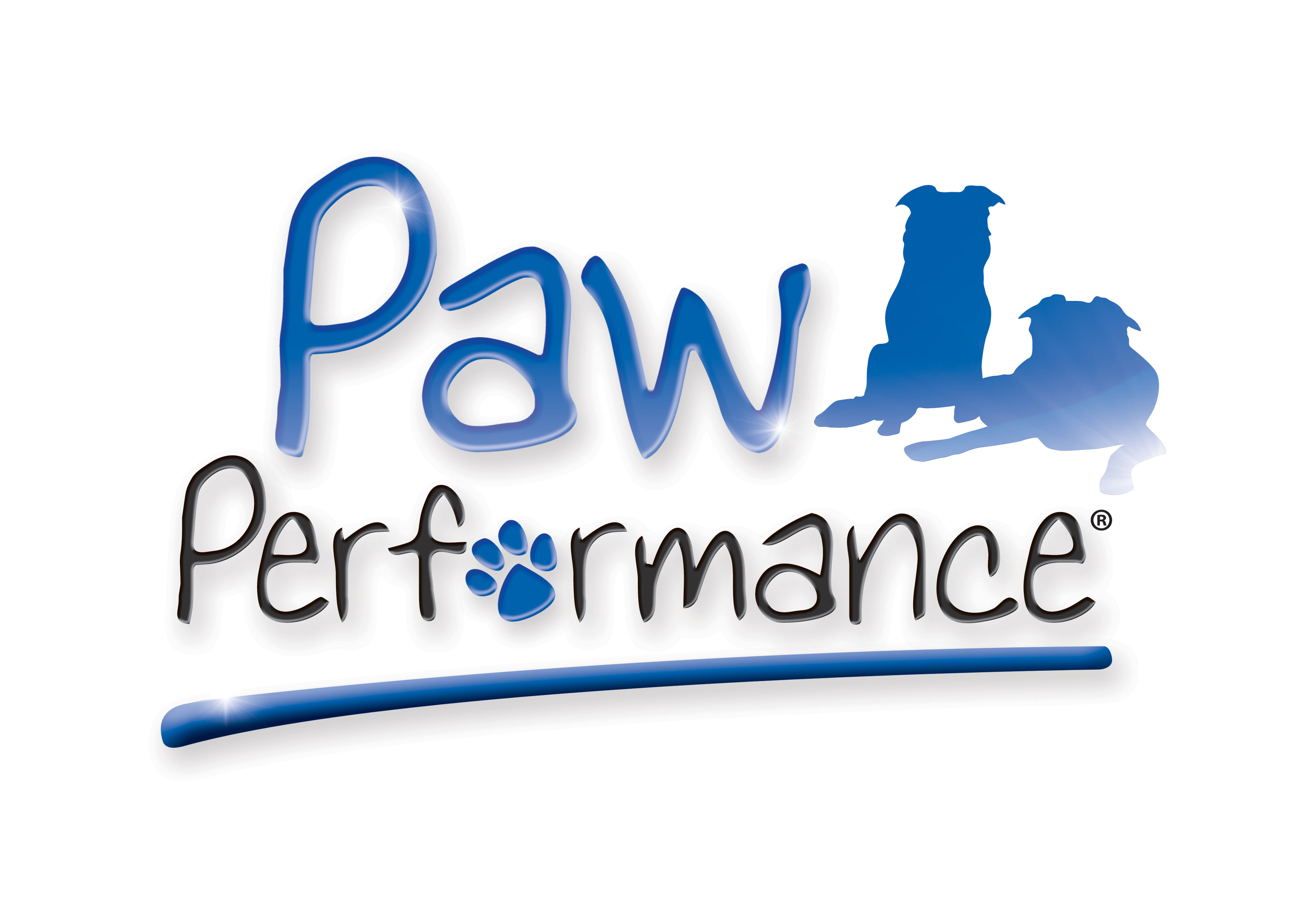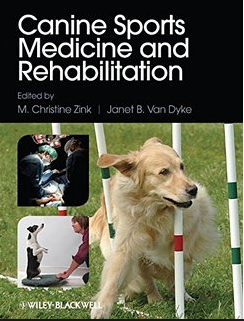Dr Chris Zink’s
‘Coaching The Canine Athlete’ Seminar
By Kim Lyddon
I recently attended Dr Chris Zink’s 2-day seminar on ‘Coaching The Canine Athlete’.
Dr Zink is the award-winning author of the books:
- Peak Performance: Coaching the Canine Athlete,
- Dog Health and Nutrition for Dummies
- The Agility Advantage
- Co-author of the book Jumping From A to Z: Teach Your Dog to Soar
- DVD Building the Canine Athlete.
- She co-edited the first ever book on Canine Sports Medicine and Rehabilitation.
The seminar was well worth attending. Over the two days she covered a wealth of information from understanding your dogs conformation and how it impacts performance, how dogs jump, how to spot lameness and keeping your canine athlete in peak condition. There was a wealth of information so I thought I would share a few of the many takeaways I got from the event.
How Our Dogs Are Built Matters
Chris began the seminar by saying, “How our dogs are built matters” and before embarking on any training programme we need to understand our dogs overall shape and its impact on performance. One of the examples she gave was that of a Cumberland spaniel who is the same weight as an Afghan Hound. However the Cumberland carries that weight on a smaller frame which when doing some moves such as jumping and running creates more stress on the musculoskeletal system. This awareness allows us to evaluate what are the best conditioning and strengthening activities to do with our dogs. Helping them compensate for any potential conformation limitations.
The key message all the way through this seminar should not be a surprise which is it is essential to keep our canine athletes the correct weight and fit. However, the slow motion videos she showed of dogs doing a variety of sporting activities demonstrated how they use their bodies and how much pressure is put on different parts of the body. This powerfully highlighted how keeping your dog fit is critical to prevent injuries and well as increasing your dog’s lifespan.
She also shared with us that the most common time for dogs to get injuries is around 7-8 years of age.
Conditioning and Strengthening To Prevent Injury
This focused on training your dog to build up his muscle and ligament strength. If you were doing a sport such as Cani Cross endurance would be a key focus area.
It was exciting to see that many of the exercises suggested to improve your dogs strength and conditioning were moves we use in Heelwork to music or more specifically freestyle
Core
Firstly, you need to work on the dog’s core strength and one of the best exercises for this is one you will recognise and that is the ‘Beg’. Make sure you are on a solid surface and do no more that 3 x 5 second ‘Beg’s with a 5 second pause between repetitions.
To progress this move get them to do the ‘Beg’ move on an agility bed or on a slope.
Another core exercise is to gently lift diagonal legs so the dog is balancing on just two legs. Have your hands loose so they don’t bear too much weight on you. Build up to 3 x 30 second repetitions on each pair of legs.
Core and Leg Strength
Here are some other exercises you can do with your dog to improve their core as well as front and rear leg strength:
- Pull on tug or another object
- High 5 with front leg
- Walking backwards
- Back up stairs (hold the food low when doing this exercise)
- Move sideways
- Swimming (continuously for 5 minutes)
One of Chris’s key messages was to build slowly so the exercise is building fitness.
When to stop training
Many injuries occur after a long training session when the dog is tired. It’s not always obvious when our dogs are tired. We often see the signs when it’s too late so it is up to us to know when our dog has had enough and stop the session.
If an injury does happen no matter how small it might appear Chris’s advices is NOT to ignore it or encourage your dog to work through it. The severity of an injury is not always obvious. If you dog refuses to do a move that it has frequently done willingly it might mean there is an injury present. She advises to immediately get your dog examined and assess by a qualified vet to avoid risking permanent injury.
Another key message was if you think there is something wrong trust your instincts and get it checked out.
Warm Up
Warming up your dog before a performance or indeed a training session does many things such as increasing the dog’s heart and breathing rates which means more oxygen and energy are delivered to the muscles. This increases the muscle and joint temperature enabling them to have a full range of motion. It also decreases the possibility of muscle strains.
Chris believes a warm up for our canine athletes should consist of 5-15 minutes of light walking or trotting. This should be done within 30 minutes to the performance to ensure the dog gets the benefits of the warm up.
Other warm up exercises:
- Bend
- Head between front legs while standing
- Side spinal flexion’s
- With the dog standing put treat on nose and guide his head down his side to his tail then move down to his back paw – then go back the other way.
Warm ups can lead to better performance and help your dog to be injury free.
In summary
Chris is a knowledgeable and engaging speaker whose seminars are definitely worth attending. As Chris’s seminar title indicates we are coaches for our canine athletes and as such it is our role to understand our dogs and provide them with the best exercises, diet and care to ensure they are able to perform at their best, be safe and importantly be happy.

